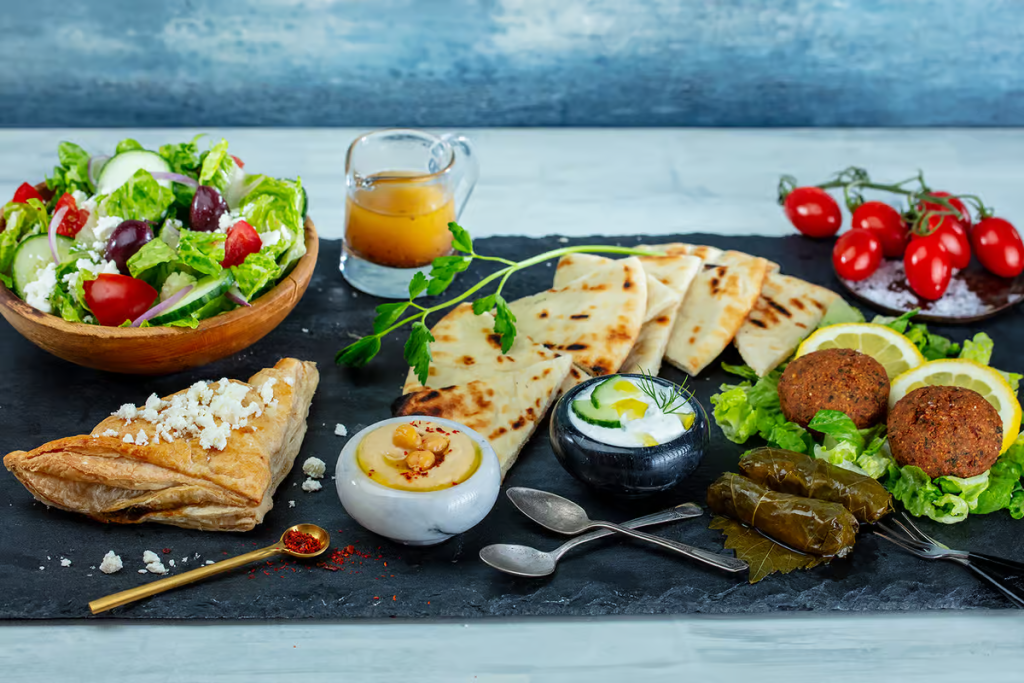Ah, the simple joy of chili—a warming dish that’s perfect for those colder months, game days, or when you just need some comfort food to lift your spirits. But let’s be honest, what really makes or breaks a chili is its seasoning.
You know what we’re talking about: that perfect blend of spices that gives the chili its signature kick and depth. Most people might turn to store-bought packets for convenience, but if you’ve ever had chili made with homemade seasoning, then you know what you’re missing out on.
Store-bought options often have additional additives, preservatives, and a ton of salt. Plus, they may not suit your specific taste. Making your chili seasoning at home is not only healthier but also allows you to control every aspect of the flavor.
It’s also surprisingly easy to make and highly customizable. Once you try it, you’ll find it hard to go back to the pre-packaged stuff.
The Freedom of Customization
Have you ever been excited about trying a new dish only to find out it’s too spicy or too bland for your taste? We’ve all been there. That’s another reason why homemade chili seasoning is so great. Do you want a little more garlic in your blend? Go for it!
Want to tone down the heat? Be my guest! Love the earthy taste of cumin? Add an extra teaspoon. Your kitchen, your rules.
When you make your seasoning, you’re not just following a recipe; you’re creating a unique blend that resonates with your taste buds. Moreover, it’s an opportunity for you to be a bit of an alchemist in your own kitchen, combining spices in a way that makes the final dish uniquely yours.
The Simplicity of Ingredients
Now, let’s get down to the nitty-gritty: the easy homemade chili seasoning recipe. The best part about making yours is that you probably already have most of the ingredients sitting in your pantry.
If not, they are easy to find at any grocery store. For a basic blend, you’ll need
- 1 tbsp ground cumin
- 1 tbsp garlic powder
- 1 tbsp onion powder
- 1 tbsp paprika (smoked or sweet, as per your preference)
- 1 tsp oregano
- 1 tsp salt
- 1 tsp black pepper
- Optional: 1 tsp cayenne pepper for added heat
Simply whisk all the ingredients together in a bowl until they’re well combined. Store it in an airtight jar, and you have a ready-to-use chili seasoning that’s good for about a year, although I bet it won’t last that long!
Step-by-Step Preparation and Usage
Making the seasoning is a breeze, honestly. Grab a large bowl and a whisk, or even just a fork. Measure out each ingredient and add it to the bowl. Whisk them all together until the blend is uniform. That’s it! Your homemade chili seasoning is ready for action.
To use, just add about 2 to 3 tablespoons of your seasoning blend to a pot of chili that serves four to six people. If you like it spicier, feel free to add more; if you prefer it milder, start with less. Remember, you can always add more later, but it’s a bit trickier to tone down the spice once it’s in the pot.
The Joy of Sharing and Storing
Once you’ve made your own chili seasoning, it becomes more than just a kitchen staple—it becomes a part of your cooking identity. And what better way to spread the love than to share your seasoning with family and friends?
Place your homemade blend in small jars, tie a cute ribbon around the lid, slap on a personalized label, and you’ve got yourself a heartwarming (and tastebud-tingling) gift.
If you’ve made a larger batch, storing it is super simple. Just keep it in an airtight container, preferably in a cool, dark place like your pantry. It’s that easy! No more last-minute runs to the store to pick up a packet of seasoning—you’ve got your own superior blend right at home.
The Ecological Benefits of Going Homemade
With increasing concerns about sustainability and our impact on the planet, every small choice we make matters, including our culinary choices. You might wonder how can something as trivial as chili seasoning make a difference? Well, think about the packaging waste from those store-bought seasoning packets. Often, these are single-use plastic packets that end up in landfills, contributing to the ongoing problem of plastic pollution.
On the other hand, when you make your seasoning at home, you can store it in reusable glass jars or other eco-friendly containers.
Moreover, homemade seasoning allows you to make conscious choices about the ingredients you use. You can opt for spices that are sustainably sourced or organic, thereby supporting responsible farming practices.
These may seem like small steps, but when combined with other conscious choices, they can make a significant difference.
The Connection to Cultural and Family Traditions
Food is often more than just sustenance; it’s a connection to our roots, a link to our past, and a way to bring people together. Have you ever noticed how family recipes, passed down from generation to generation, have a unique ability to make you feel at home, no matter where you are?
The same can apply to something as seemingly straightforward as chili seasoning. If you have a particular blend that’s been a family secret, making it from scratch can evoke a deep sense of nostalgia and connection to your loved ones.
Even if you don’t have a family recipe, creating your own gives you an opportunity to start a new tradition. Imagine years from now, your children or grandchildren relishing a comforting bowl of chili and attributing its unforgettable taste to your special homemade seasoning blend.
It could become your culinary legacy, a treasured family secret that gets passed down through the generations. In a way, making your own seasoning isn’t just about the food; it’s about creating memories, forging connections, and maybe even starting new traditions.
Conclusion
So there we are, diving deep into the beautiful world of homemade chili seasoning. From the control it gives you over flavors and heat levels to the sense of accomplishment and creativity it fosters, making your own blend is a rewarding experience in more ways than one.




